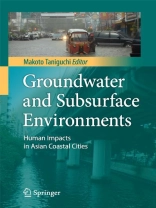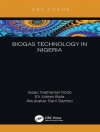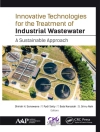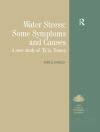Excessive groundwater pumping, groundwater contamination, and subsurface thermal anomalies have occurred frequently in Asian coastal cities, greatly disturbing the urban aquifer and the subsurface environment. In this volume, the relationship between the stage of a city’s development and subsurface environment issues have been explored. Intensive field surveys were done in Tokyo, Osaka, Seoul, Taipei, Bangkok, Jakarta, and Manila. New, advanced methods, including satellite, tracer techniques, and the social economy model, were developed to evaluate subsurface conditions. Groundwater storage and groundwater recharge rates, as well as the accumulation and transport of pollutants, have been compiled as integrated indices of natural capacities under climate and social changes, and used to evaluate the vulnerability risk for all cities. The indices have been made on a yearly basis for seven cities for a century (1900–2000). Using these indicators it is now possible to manage groundwater resources in a sustainable fashion. This volume is indispensable to researchers in hydrology, coastal oceanography, civil engineering, urban geography, social economy, climatology, geothermics, and urban management.
表中的内容
Part I Subsurface Environmental Problems and Urban Development in Asia
Part II Groundwater Degradation and Resources Management
Part III Groundwater Contamination and Loads to the Ocean
Part IV Subsurface Thermal Anomalies Due to Global Warming and Urbanization
Part V Integrated Assessment of Subsurface Environments in Asia











